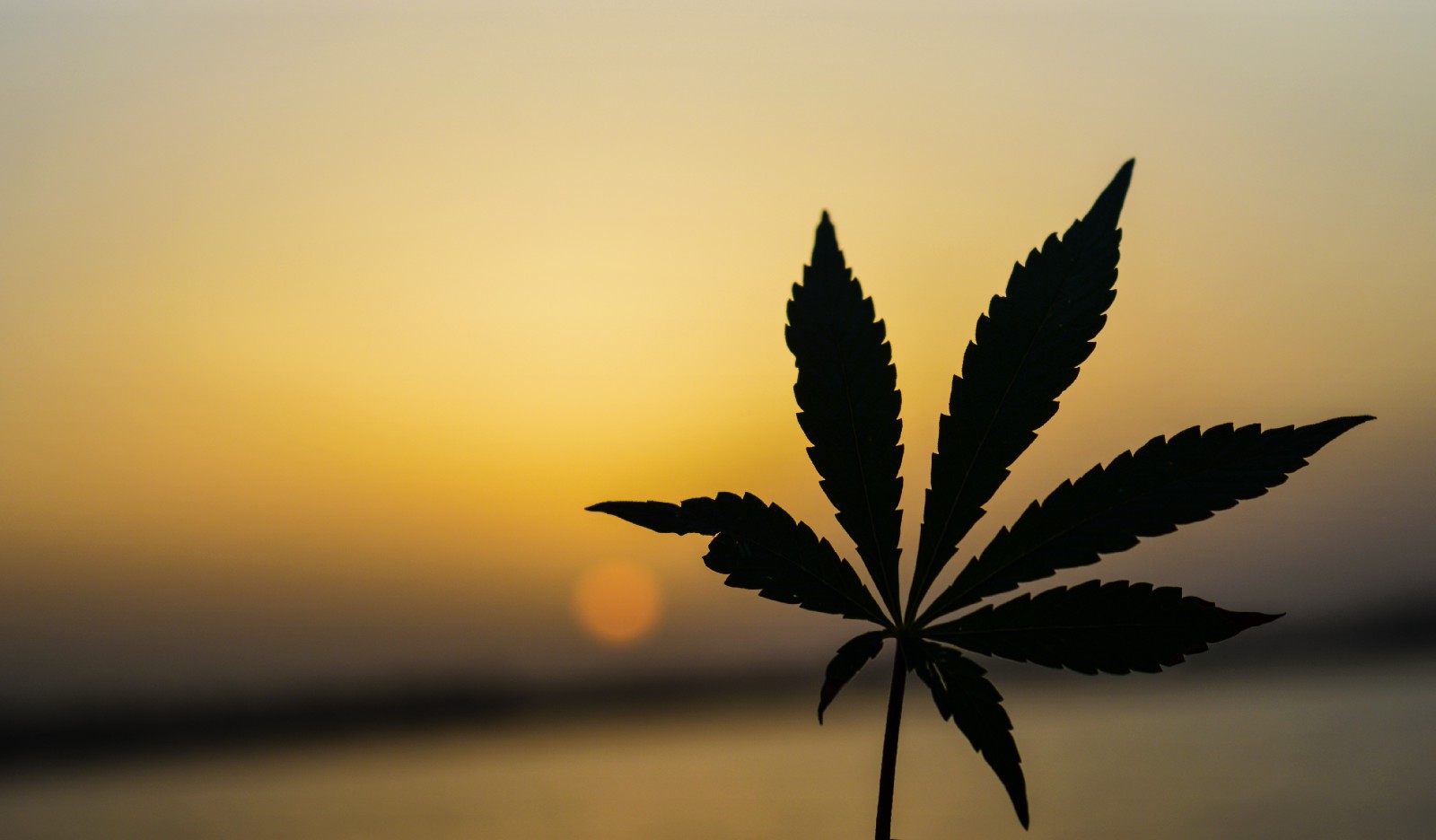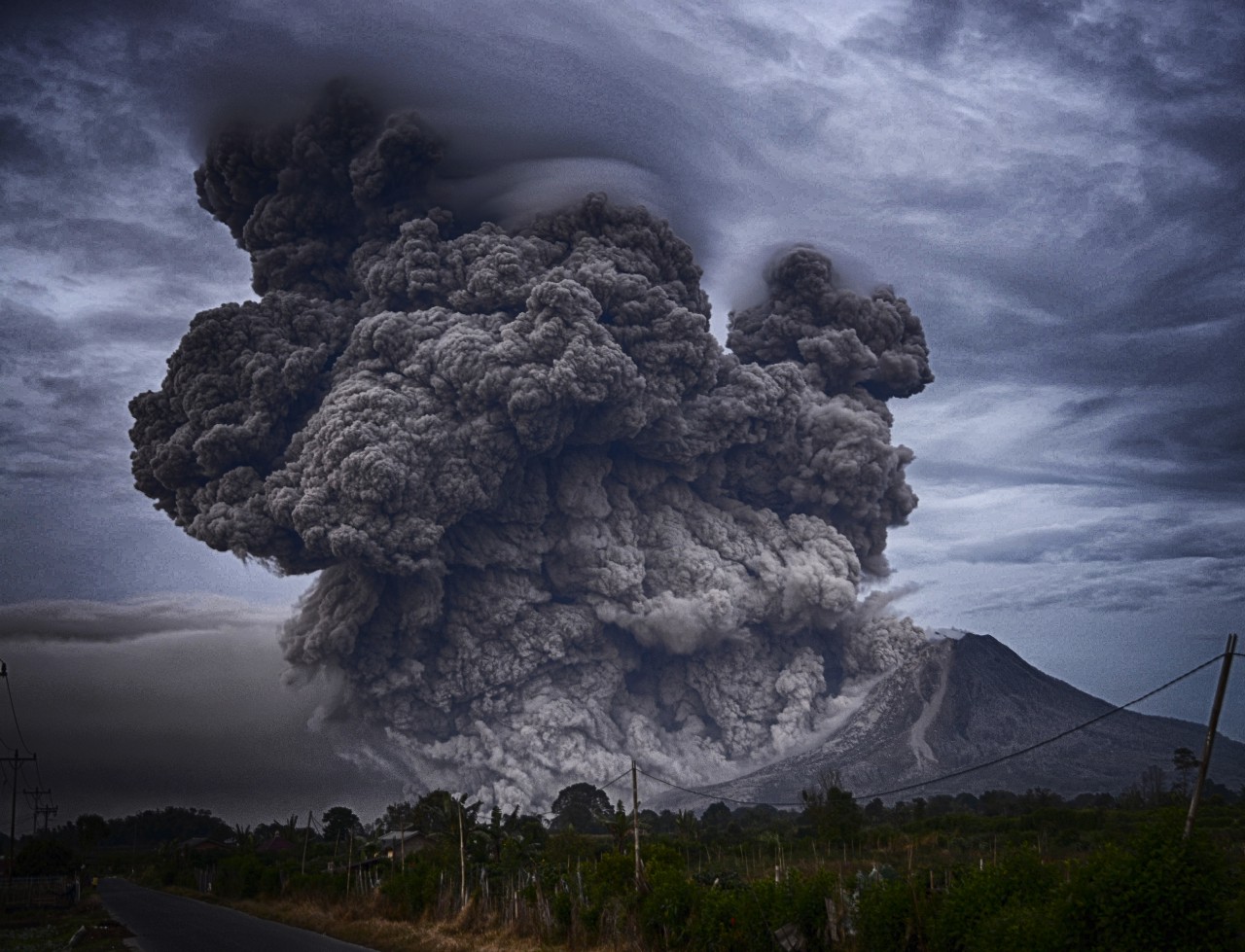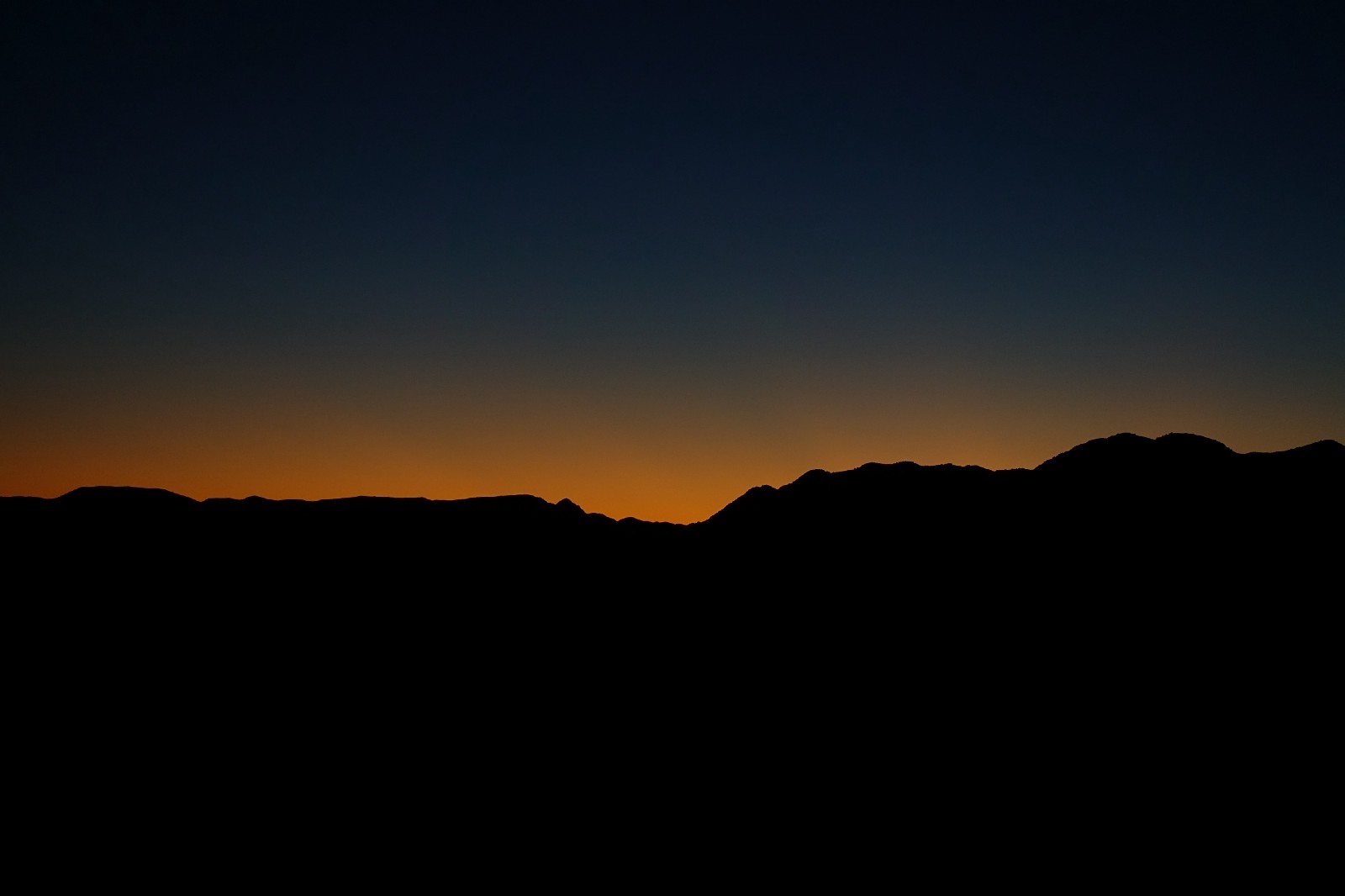When Colorado became the first state to legalize pot in 2016, I was proud! I wanted to beam myself back to 1975, to tell the 17-year-old me growing up in Denver and buying and using grass illegally — and using a lot of it — that my fair state would eventually be the first in the union to do the right thing.
Photo by manish panghal on Unsplash
In those mid-70s, rocking out to the Eagles and Led Zeppelin, I owned a 3-foot-long bamboo bong that we named Woodrow, or Woody for short.
Woody possessed a few distinctive features that served me and my stoner friends well.
First, because he was bamboo, he was naturally constructed of a series of chambers or compartments. This was useful, because if he fell over, the bong water would not spill immediately, as that most putrid and offensive liquid had to gradually travel through four or five segmented chambers before it eventually fell out of the top of the bong and onto the floor or the table or wherever the bong happened to fall.
And because he was bamboo and long and slender, he could not stand on his own. He had no flat bottom, no base. So we always had to lean him in a corner, deliberately, where he was out of the way and never in the middle of a table or on the floor in the middle of a room where some stoner or another could knock him over.
The third and most useful feature?
Woody was naturally camouflaged.
This was useful, when pot and pot paraphernalia was still illegal.
First case study in point: In the summer of 1975, a few friends and I were camping in the national forest west of Denver, after a robust evening getting truly hammered via Woody’s mystical services. We had retired to our tent and left Woody leaning comfortably against a pile of pine and aspen sticks and logs we had gathered for our campfire but hadn’t used up.
Then, during the night, a sheriff’s jeep pulled into our campsite, spotlights ablaze.
We freaked.
We quietly peered out through slits in the tent zippers at our unfolding doom.
Surely the cop would see the bong — Woody was fully, brightly, freakingly illuminated in the cop’s spotlight. We were sure to be arrested.
“Holy shit, he sees the bong!” someone whispered. “We are totally fucked now.”
The sheriff then scanned his spotlight around the campsite, at our dishes and tent and car — surely he was checking our license number too, but that wasn’t our worry — and the spotlight came to rest again on Woody and the woodpile.
Without any cops, without any remote criminal risk at all, pot has always made me paranoid. Even as an adult, when pot became legal in Colorado and I decided to try it again for the first time in decades, it still made me paranoid.
Then, imagine how we felt, how I felt, with Woody standing there in all his glory, in that spotlight, like a performer on stage with the house lights off and all the world to focus on one imminent truth: we were busted.
Then, the sheriff turned off his spotlight. He backed up his jeep and drove away slowly down that two-track forest service road into the night.
We were stunned.
We waited, holding our stoned breath. Surely he would come back and do his duty? Maybe he called for backup, for more patrol cars? And would a helicopter shortly descend on our campsite?
Wait! Maybe there was time to get rid of Woody, to race off into the forest and bury him or find a cliff and throw him as far as we could — after wiping off our fingerprints, of course.
So, as the headlights faded into the pines, we grabbed our flashlights, ripped open the tent zipper, and raced out to destroy the evidence.
As we rushed up to Woody, standing there so innocently against the jumble of sticks and logs, the reality of the situation hit all four of us at once —
Woody looked like just another piece of firewood, if you didn’t look too close. And why look close? It was only a pile of firewood.
Same size, same color, same texture, same position on the ground with all the other logs.
If we had brought one of our many glass or brightly colored porcelain bongs, and had just as absentmindedly left it out for the world and the cop to see, probably in the middle of the picnic table or some other obvious location -– for why would we have left it anywhere else? — we would have been busted, and fast.
But Woody saved us.
To celebrate his excellent vibes and his saved-our-asses camouflage, we put him back to work for a while to calm our frayed stoner nerves.
Second case study in point: The next summer, in 1976, I worked as a “chore boy” at a remote dude ranch high in the western Colorado Rocky Mountains.
In an idyllic setting on the edge of the wilderness, working with a crew of five teenage girls and five teenage boys, it was as close to paradise as you might imagine, doing light labor all day, partying well into the night, and exploring the mysteries of chore girls.
I invited Woody along for that summertime adventure.
We often enhanced Woody’s contribution to the experience with Coors beer. In those days, Coors possessed some inexplicable Colorado mystique. (See ‘Smokey and the Bandit’ for an example.)
But we called it Rocky Mountain piss water. Bob, our redneck boss and the owner and proprietor of the dude ranch, bought and stocked the 3.2% variety by the closet full. Weak, thin, tasteless, yes — but enough of it, drank quickly, did the job.
We chore boys, in the course of emptying trash or hauling firewood, could easily liberate a case or two and keep it cool in one of those tumbling ice-cold Rocky Mountain streams — and at night sneak off to smoke Woody and slam two or three or eight of those cold cans of Coors.
Then we’d lay under the stars, totally stoned, and gawk at the Milky Way — and oh my, are the stars mind-blowing at 10,000 feet up in the high Rockies! We’d count meteors and watch the moon rise or set.
Bob liked his Coors, too. He’d sit for hours on a stool by the window in the corner of the kitchen of the main lodge and look out on his kingdom while slurping down some of that piss water. He occasionally did this well into the night.
One evening in July, 1976, as the US turned 200 years old, five chore boys, well stoked on Coors and whatever we were sucking through Woody that night, stumbled our way across the main yard of the ranch, past the lodge with the kitchen window.
I carried Woody in one hand as we strolled past the darkened kitchen, unaware that Bob sat there in the dark.
“What are you guys doing?”
“Oh, hi Bob.” I replied, Woody still firmly in my hand. “We’re just heading back to our cabin for the night. We went for a little walk to look at the stars.”
At this point, I am calm and cool, though I’m standing there a few feet from my redneck boss in his window, with a fucking bong in my hand.
I’m not looking at them, but I hear the collective gasp of my fellows. They are now walking much faster, to get the hell out of there and away from the guy with the bong in his hand, confronting the hard-ass boss, who will now surely a) fire us, b) call the sheriff, c) tell our parents, and d) probably kick our collective asses.
Quickly, it was just the three of us: Bob and Woody and me. And I was still cool and calm, while totally relishing the profound alarm and paranoia of my four summertime party-buddies.
“OK, get to bed, it’s getting late and you guys have to finish cutting those trees tomorrow.”
“Good night, Bob.”
“Good night.”
I then walked casually back to our cabin, still holding Woody.
When I walked in, four jaws hit the floor.
“He must’ve been really drunk,” one of them offered.
“How did you hide that from him?” asked another. “I don’t see how the hell he missed it with all those flood lights he keeps burning all night.”
But I knew.
Woody had saved himself again — and me -– because it looked to Bob like I was carrying a big piece of pine. In his fuzzy mind, with his Coors eyesight, Woody was nothing more than a stick.
For the rest of that evening, I continued to enjoy my buzz. Woody, in all his camouflaged self-preservation, helped me further down the highway of stone.
And helped me dream of those chore girls.



